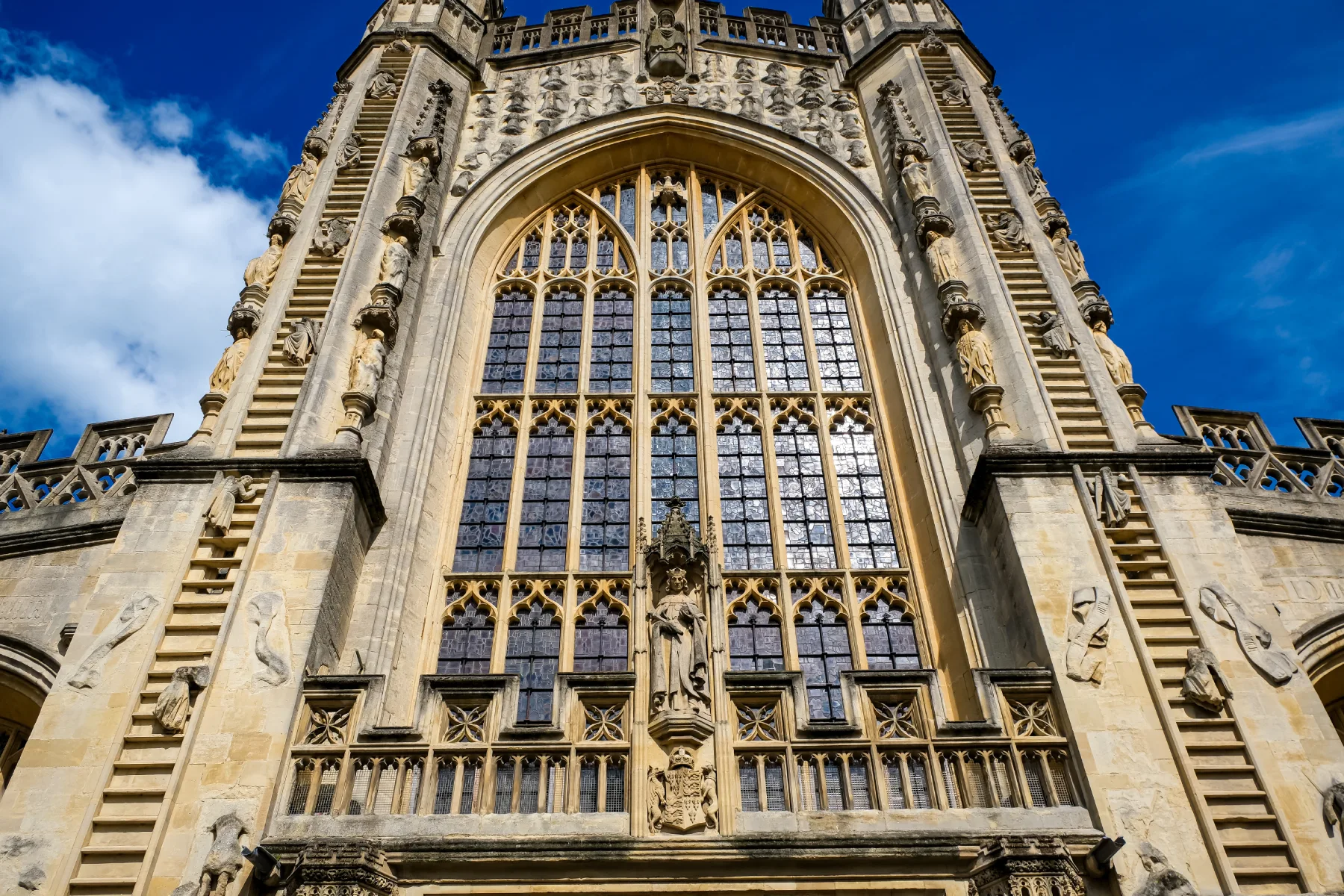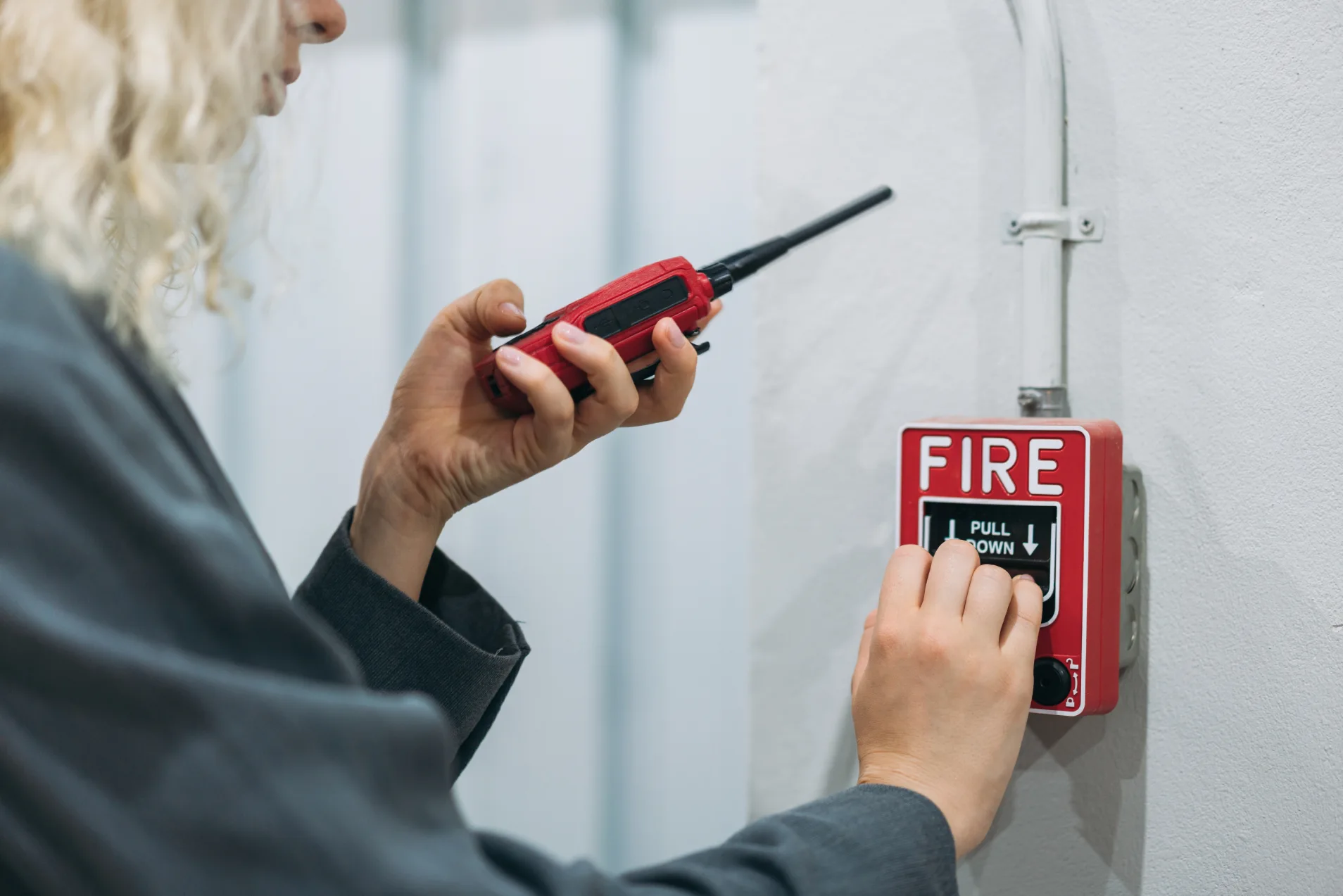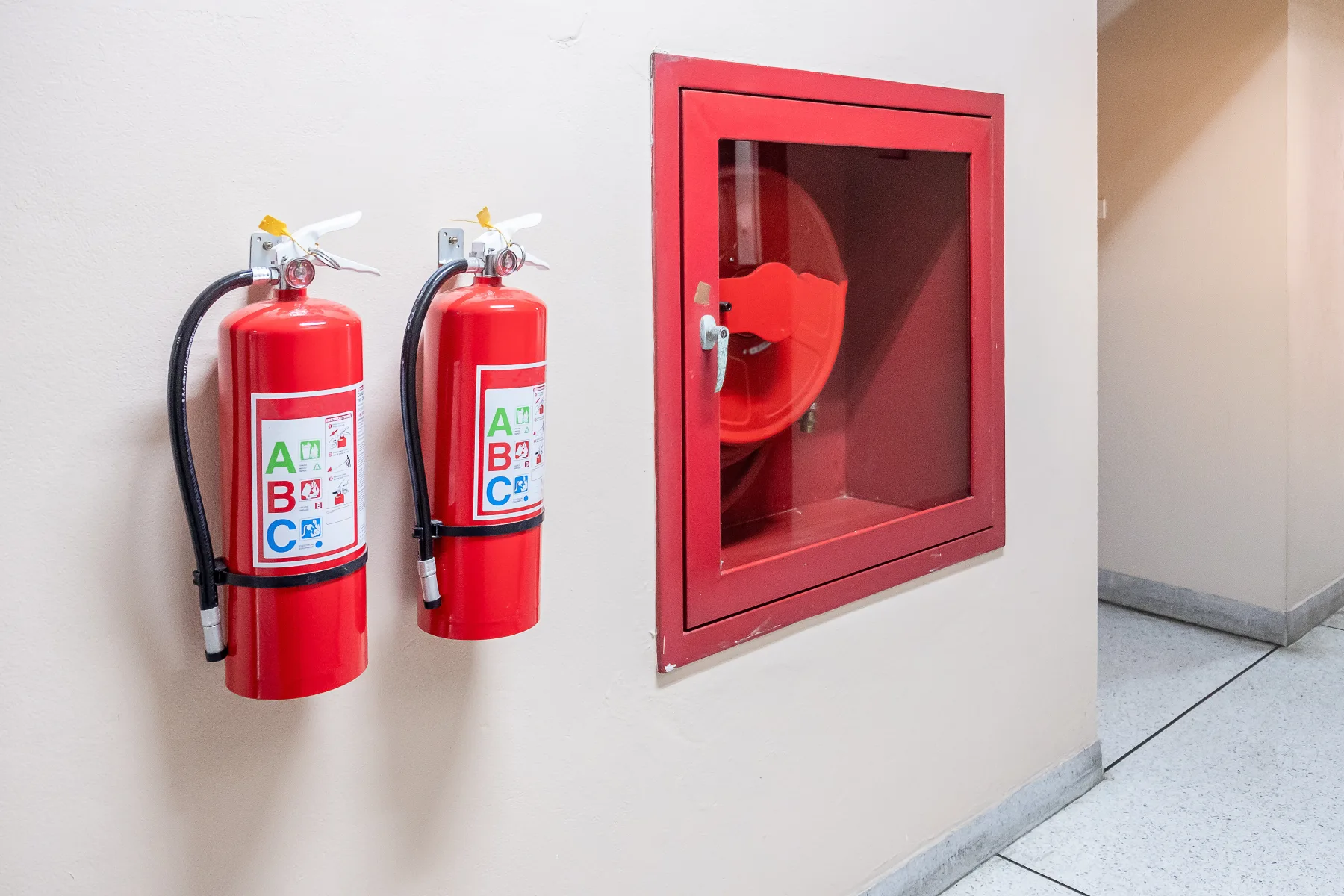Ensuring Safe Evacuation Routes

When a fire breaks out in a commercial building, every second counts. While sophisticated fire alarm systems and robust fire suppression equipment play their part, the most immediate need is for everyone to get out safely. That's where clear and well-maintained evacuation routes become the unsung heroes of fire safety. For businesses across Essex, ensuring a clear path to safety is a fundamental commitment to the well-being of staff and visitors.
The Foundation of Safe Evacuation
At its heart, safe evacuation is about planning. We are talking about protecting people, property, and everything you have worked so hard for. The legal landscape in the UK, primarily the Regulatory Reform (Fire Safety) Order 2005, places the responsibility squarely on the "responsible person" to ensure fire safety. This usually means the employer, building owner, or facilities manager. Part of this responsibility involves ensuring adequate means of escape.
This means you have to consider things like escape routes. It is about being sensible and organised. Think of it as a bit of spring cleaning, but for fire safety. Without a proper plan and clearly defined routes, panic can set in, and a swift, orderly evacuation becomes incredibly difficult.
Designing Effective Escape Routes
Your escape routes should be clear, well-lit, and free from obstructions. They should lead to a place of safety outside the building. Make sure they are wide enough for everyone to escape quickly and that any fire doors are kept closed but not locked.
Clear and Unobstructed Passages
This is perhaps the most straightforward yet often overlooked aspect. Regularly check your escape routes to make sure they are still clear. It only takes a few boxes or a bit of furniture to block a vital exit. Deliveries, new equipment, or even staff belongings can slowly encroach on these crucial pathways, making them less effective in an emergency. Maintaining a strict policy about keeping escape routes completely clear at all times is essential.
Visible and Understandable Signage
Even the clearest path is useless if people do not know which way to go. Your escape routes need clear signage so people know which way to go. This includes clear fire safety signage indicating exits, assembly points, and the location of firefighting equipment. Signs should be strategically placed, well-maintained, and illuminated, especially in case of a power failure. Think about the flow of people in a shopping centre on a busy Saturday afternoon, the sheer volume makes well-planned and easily accessible escape routes incredibly important.
Emergency Lighting
In a power cut or if smoke reduces visibility, emergency lighting ensures that escape routes remain illuminated. These lights should be regularly tested to ensure they will work when needed most. A fire alarm system that does not sound, or a smoke detector that fails to react, renders the entire system useless.
Fire Doors as Barriers
While fire doors are part of passive fire stopping, their role in evacuation is critical. They are designed to compartmentalise a building and prevent the spread of fire and smoke. Their effectiveness relies on their closing properly and remaining undamaged. This containment buys precious time for occupants to evacuate safely. One of the most frequent problems we see is fire doors being wedged open or propped ajar. This might seem harmless, but it completely negates the door's purpose.
Emergency Planning and Practice
Designing the routes is only half the battle. A truly safe evacuation relies on thorough emergency planning and regular practice.
Developing Your Emergency Plan
Having an emergency plan is one thing, but practising it is quite another. Your plan should outline clear procedures for what to do in the event of a fire, including how to raise the alarm, how to evacuate safely, and the designated assembly points. It should also consider the needs of all individuals in the building, including those who might need extra help in an emergency.
The Importance of Fire Drills
Regular fire drills are vital. They give people a chance to familiarise themselves with the escape routes and practice what to do in an emergency. Practising what to do in a fire can make a huge difference in a real emergency. It helps people get familiar with the evacuation procedures so they know what to do without panicking. Do not just do the drills for the sake of it. Make them realistic. Time how long it takes people to evacuate. Get feedback from staff afterwards. What worked well? What could be improved? Make sure everyone knows where the assembly point is, and who is responsible for checking that everyone is accounted for. Keep a record of your fire drills, and use them as an opportunity to identify any areas for improvement. And remember, do not forget to test your fire alarms regularly.
Staff Training: Everyone Plays a Part
Fire safety is everyone's responsibility. Your staff need to know what to do in an emergency, how to use firefighting equipment, and how to prevent fires in the first place.
Comprehensive Fire Safety Training
Regular fire safety training sessions are a must. They should cover things like fire prevention, evacuation procedures, and how to use fire extinguishers. Tailor the training to the specific needs of your workplace. It is about giving people the knowledge and skills they need to stay safe. And do not just do the training once. Keep it up to date with regular refresher courses.
The Role of Fire Wardens
Consider having a fire warden who is responsible for coordinating fire safety in your building. They can help with training, conducting fire drills, and ensuring that fire safety measures are being followed. Fire wardens, often referred to as fire marshals, play a particularly important part. They are specially trained individuals who take on additional responsibilities during a fire emergency. This can include sweeping areas to ensure everyone has evacuated, assisting those who may need help, and liaising with the fire services. Their calm presence and clear instructions can be invaluable in a stressful situation.
Maintaining Your Systems
Once you have got your fire safety systems in place, it is important to keep them properly maintained. Regular checks, tests, and servicing are essential. Your fire alarms, extinguishers, and sprinkler systems all need regular inspections and maintenance. Keep detailed records of all your checks, and make sure any faults are fixed promptly. Consider having a maintenance contract with a reputable fire safety company. They can take care of all the necessary checks and tests, giving you peace of mind.
Fire safety technology and regulations are always changing. Keep yourself up to date with the latest developments, and make sure your systems are compliant. Attend fire safety seminars, read industry publications, and keep in touch with your local fire brigade. They can provide valuable advice and guidance. Looking after fire safety is an ongoing process. It is about being prepared, being organised, and being vigilant. By putting in place the right measures and keeping everything properly maintained, you can create a safer workplace for everyone.
Securing Your Essex Business
Ensuring clear and safe evacuation routes is a non-negotiable aspect of fire safety for any commercial property in Essex. It requires thoughtful planning, rigorous maintenance, and continuous training. By taking a proactive approach, you not only meet your legal obligations but also provide genuine peace of mind for everyone who steps through your doors.
At Magni Fire, keeping your business safe from the devastating effects of fire and security breaches is not just about meeting legal requirements; it is about giving you peace of mind. We can assist you in designing and implementing robust evacuation plans, providing necessary fire safety signage, and offering comprehensive staff fire safety training.
Ready to secure your commercial premises with expert fire safety solutions? Contact us today for a chat about your specific needs.




